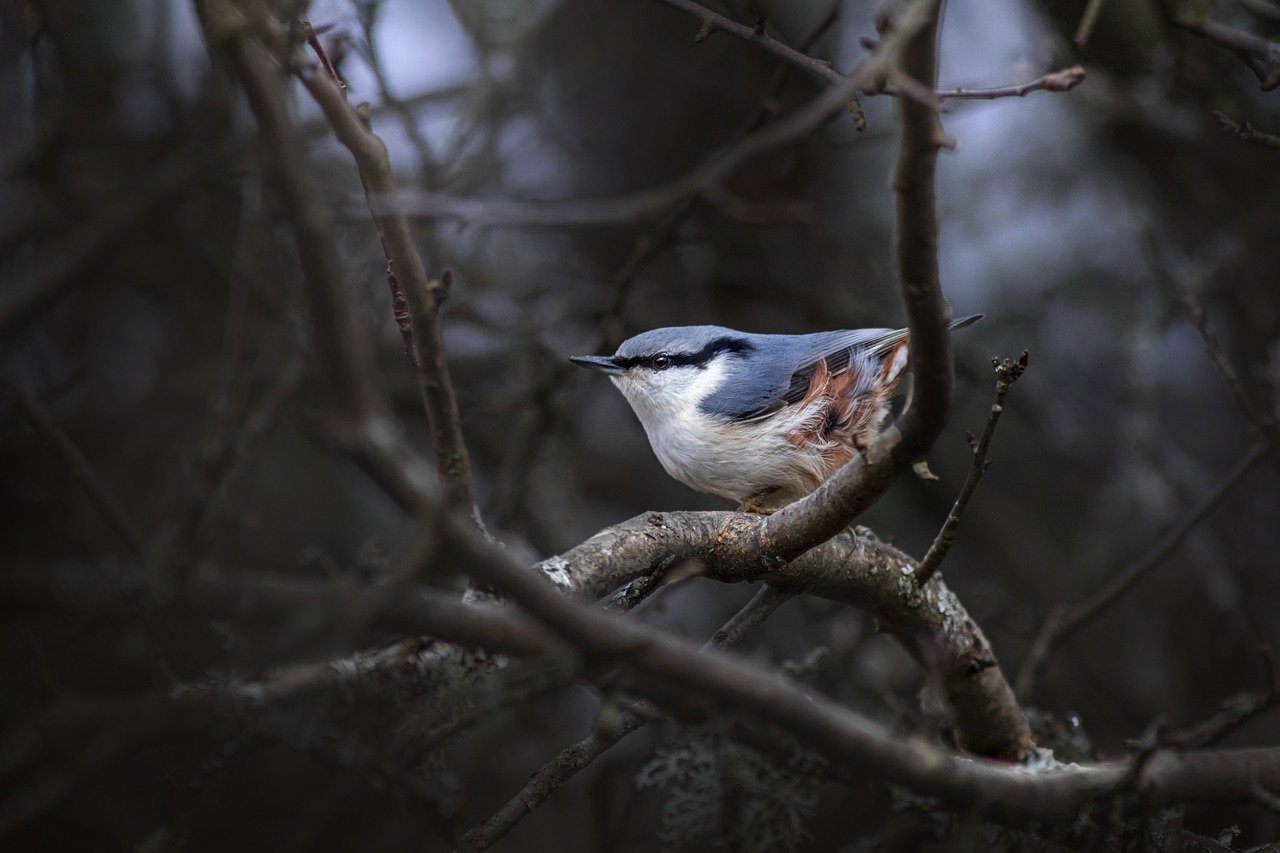The Eurasian Nuthatch (Sitta europaea) is a charming bird renowned for its distinctive appearance, agile movements, and unique foraging behavior. With its compact body, short tail, and sturdy legs, the Eurasian Nuthatch cuts a striking figure as it clambers along tree trunks and branches in search of food. Its plumage features a striking combination of blue-gray upperparts, chestnut underparts, and a bold black eyestripe, adding to its charismatic appeal.
This versatile bird inhabits a variety of forested habitats across Europe and parts of Asia, including woodlands, parks, and gardens. Equipped with a powerful beak, the Eurasian Nuthatch specializes in extracting insects, seeds, and nuts from crevices in tree bark, using its unique ability to climb headfirst and upside-down along vertical surfaces. This distinctive foraging technique sets it apart from other woodland birds and allows it to exploit food sources that are inaccessible to many competitors.
During the breeding season, the Eurasian Nuthatch constructs its nest in tree cavities, often using mud to seal the entrance and provide insulation for its eggs and nestlings. Mated pairs engage in elaborate courtship displays, including mutual feeding and aerial chases, before settling down to raise their young. With its melodious song and distinctive calls, the Eurasian Nuthatch adds a touch of musicality to the forest chorus, enriching its woodland habitat with its presence.
Despite its relatively widespread distribution and adaptable nature, the Eurasian Nuthatch faces threats from habitat loss, deforestation, and changes in land use. Conservation efforts aimed at preserving mature forests and creating suitable nesting sites are crucial for ensuring the continued survival of this delightful bird species. By appreciating and protecting the Eurasian Nuthatch and its woodland habitat, we can contribute to the conservation of biodiversity and the natural beauty of our forests.
Views: 1245
Subscribe to the newsletter:
